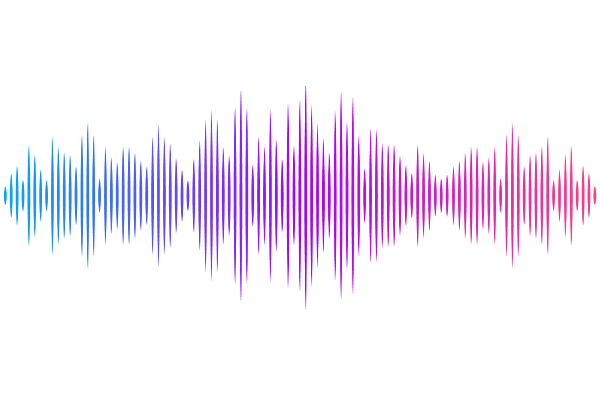Disturbed engram network caused by NPTXs downregulation underlies aging-related memory deficits

Disturbed engram network caused by NPTXs downregulation underlies aging-related memory deficits
Jin, T.; Yang, Y.; Guo, Y.; Zhang, Y.; Le, Q.; Huang, N.; Liu, X.; Yu, J.; Ma, L.; Wang, F.
AbstractEngram cells storing specific memories are allocated to separate neuronal ensembles, which preferentially recruit either excitatory or inhibitory inputs to drive precise memory expression. However, how these formed neuronal ensembles maintain their stability, and whether the disturbed stability contributes to aging-related memory deficits remain elusive. Here, we show that neuronal pentraxin1 (NPTX1) facilitates Kv7.2-mediated inhibition of Fos+ ensemble hyperexcitability, thereby restricting its response to excitatory inputs from medial entorhinal cortex (MEC) and promoting memory expression in the fear context. Meanwhile, NPTX2 facilitates the perisomatic inhibition of the Npas4+ ensemble by parvalbumin+ (PV+) interneurons, thus preventing fear memory overgeneralization. Pharmacological activation of Kv7.2 or chemogenetic activation of PV+ interneurons repaired memory deficits caused by engram specific NPTXs depletion. Contextual fear memory precision and NPTXs expression in dentate gyrus (DG) engram cells are decreased in aged mice. Overexpression of NPTX1 in Fos+ ensemble or AMPAR binding domain of NPTX2 in Npas4+ ensemble rescued memory imprecision. These findings elucidate that the coordination of NPTXs prevents engram ensembles from becoming hyperactive and provide a causal link between engram network destabilization and aging-associated memory deficits.